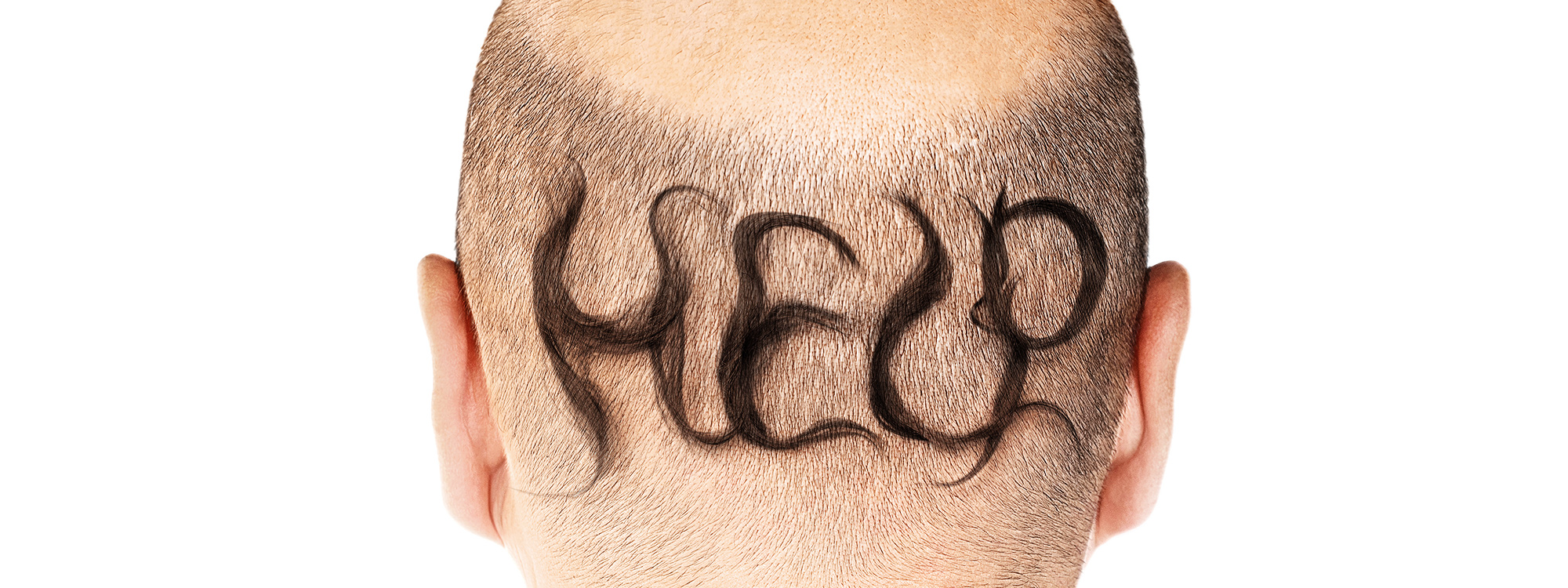
HAIR LOSS
CAN IT BE PREVENTED?
A Scientific Look at Causes, Treatments, and Prevention Strategies
Hair loss is one of the most common aesthetic and medical concerns worldwide. For millions of people—both men and women—it can begin as early as the late teens and often accelerates with age. While some amount of hair shedding is normal, excessive or permanent loss can cause distress, impact self-esteem, and prompt a critical question: Can you prevent hair loss?
Science offers some answers—though, as with many aspects of human biology, the full picture is complex. In this article, we explore the facts behind hair loss, what causes it, and what treatments and strategies are backed by evidence.
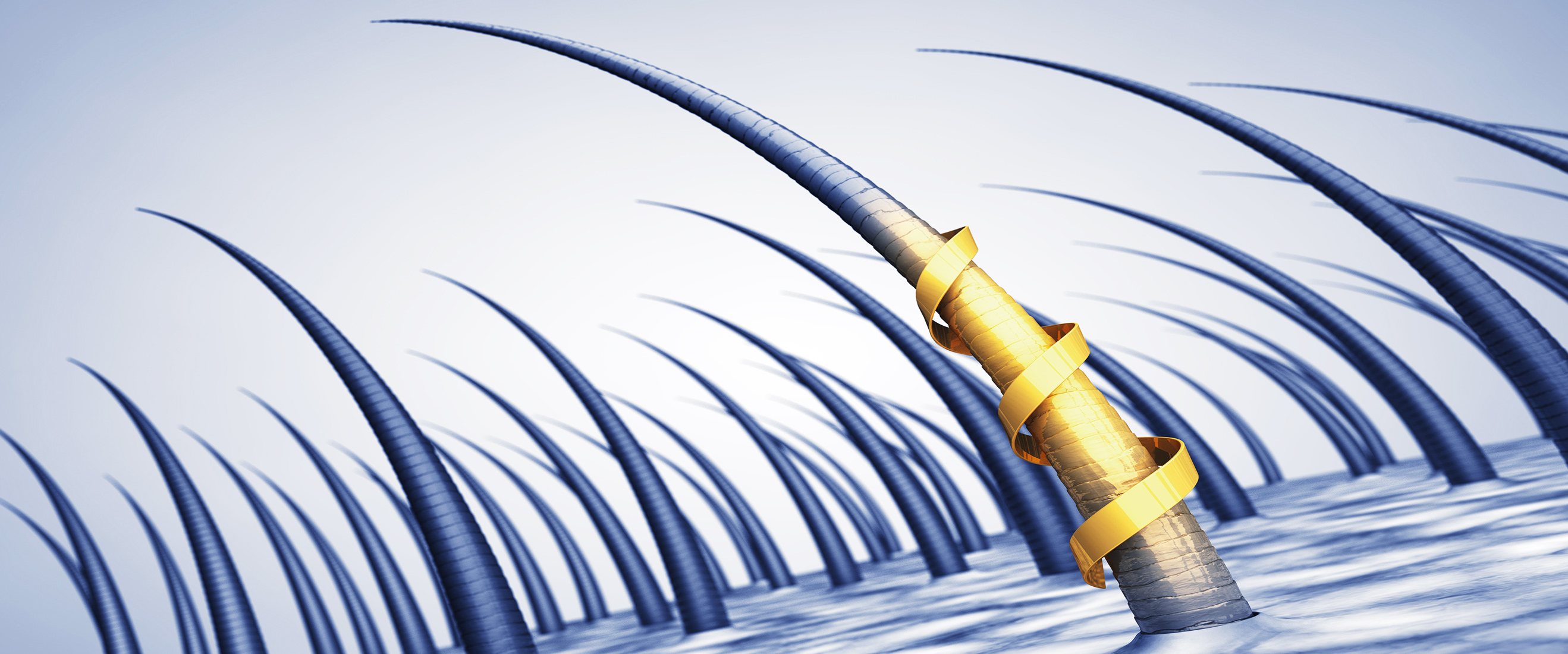
UNDERSTANDING THE HAIR GROWTH CYCLE
Hair growth occurs in a cyclical process with three primary stages:
Anagen (Growth Phase): Lasts 2–6 years; about 85–90% of scalp hairs are in this phase at any time.
Catagen (Transition Phase): A brief, 1–2 week period when hair follicles shrink.
Telogen (Resting/Shedding Phase): Lasts 2–3 months before hairs fall out and new growth begins.
Normally, it’s perfectly healthy to shed 50–100 hairs per day. However, when the cycle is disrupted or hair follicles are damaged, excessive loss can occur.
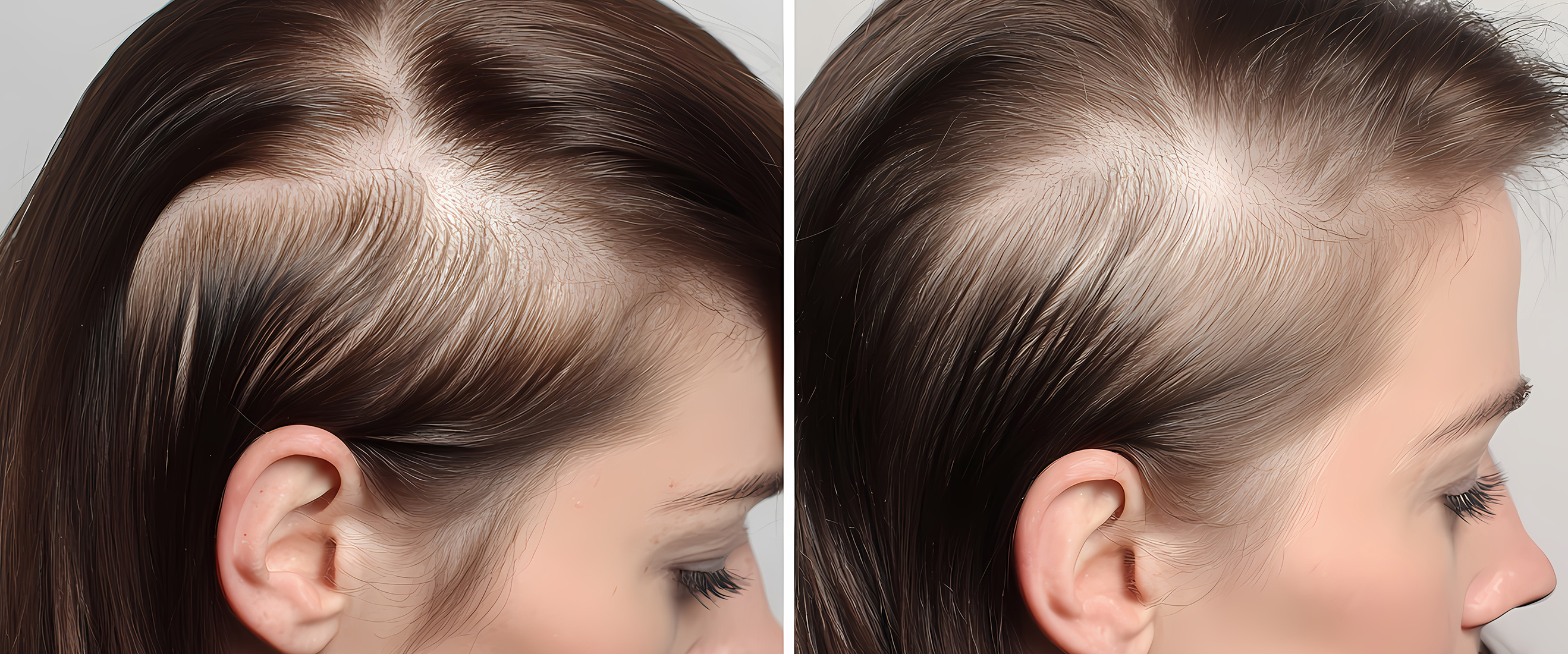
COMMON TYPES AND CAUSES OF HAIR LOSS
There are multiple types of hair loss, each with distinct causes and mechanisms. Understanding these is key to determining whether prevention is possible.
1. Androgenetic Alopecia (Pattern Baldness)
This is the most common form of hair loss, affecting over 50 million men and 30 million women in the U.S. alone. It is hereditary and linked to the hormone dihydrotestosterone (DHT), which gradually shrinks hair follicles.
Men typically see receding hairlines and crown thinning.
Women experience diffuse thinning, often at the part.
Prevention: Not entirely preventable due to genetic causes, but early treatment can slow progression.

2. TELOGEN EFFLUVIUM
This is a temporary form of hair loss triggered by stress, illness, major surgery, rapid weight loss, or hormonal shifts (e.g., postpartum).
Characterized by diffuse shedding.
Often resolves within 3–6 months if the underlying cause is addressed.
and treating medical conditions promptly.
Prevention: Not entirely preventable due to genetic causes, but early treatment can slow progression.
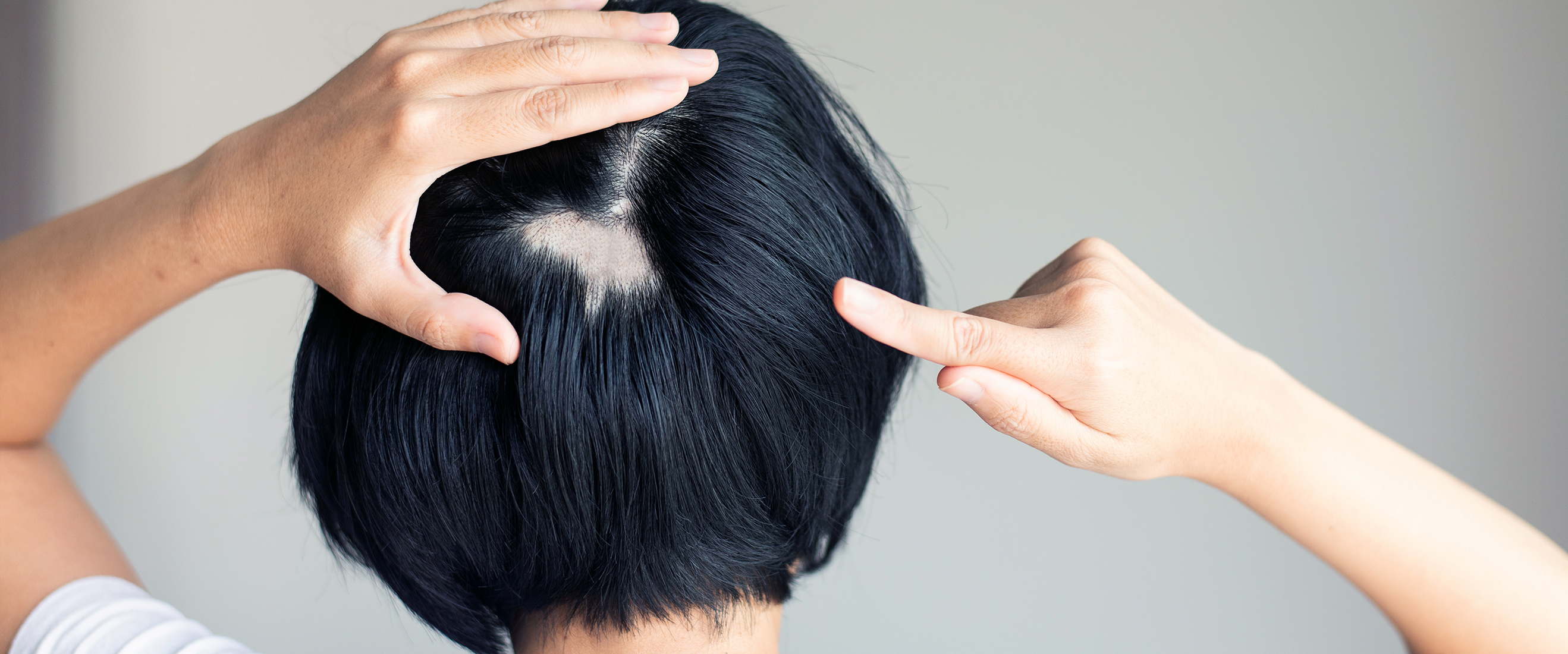
3. ALOPECIA AREATA
An autoimmune condition where the immune system attacks hair follicles, causing patchy hair loss.
Can progress to complete scalp (alopecia totalis) or body hair loss (alopecia universalis).
Cause is not fully understood, though genetic and environmental triggers are likely.
Prevention: Not preventable, though treatments may help manage it.

4. TRACTION ALOPECIA
Caused by hairstyles that pull on the hair shaft over time—such as tight braids, buns, or extensions.
Damage can become permanent if not addressed early.
Prevention: Fully preventable through gentle styling practices and avoiding chronic tension.
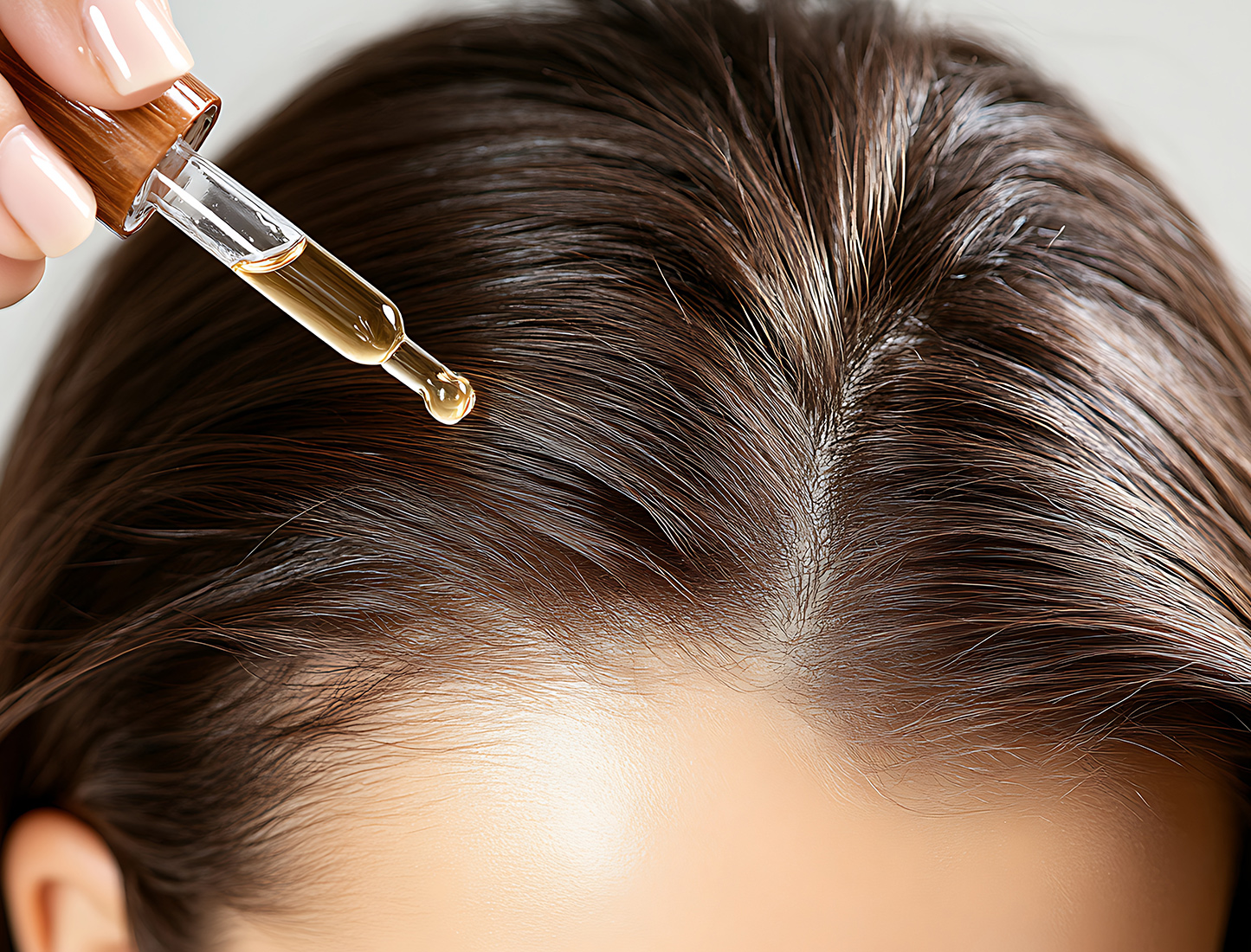
Scientifically Proven Treatments
While there’s no single cure for all types of hair loss, several treatments have been scientifically validated, especially for androgenetic alopecia.
Minoxidil (Rogaine)
FDA-approved for both men and women.
Available over-the-counter in foam or liquid form. Increases blood flow to follicles and prolongs the anagen phase. Results visible in 3–6 months of consistent use.
Finasteride (Propecia)
Prescription-only, FDA-approved for men. Inhibits the enzyme 5-alpha-reductase, which converts testosterone to DHT. Shown to significantly slow hair loss and, in some cases, promote regrowth. Not recommended for women of childbearing age.
Low-Level Laser Therapy (LLLT)
Devices like laser combs or helmets stimulate follicle activity. Some studies show modest increases in density and thickness. Non-invasive and FDA-cleared for use at home.
Hair Transplant Surgery
Ideal for advanced hair loss when other treatments are ineffective. Involves relocating healthy follicles to thinning areas. Results are permanent and natural-looking with proper technique.

Nutrition and Lifestyle:
Do They Matter?
Yes—while diet and lifestyle won’t reverse genetic hair loss, they can impact hair health and play a role in telogen effluvium or nutrient-related thinning.
Key Nutrients for Hair Health:
Protein: Hair is made of keratin, a protein. Inadequate protein intake can lead to weak, brittle hair.
Iron: Low ferritin (iron storage) is linked to shedding, especially in women.
Vitamin D: May regulate hair follicle cycling.
Zinc & Biotin: Important for cell function and hair structure (deficiencies can cause loss).
Omega-3 Fatty Acids: Help reduce inflammation around follicles.
Consulting a healthcare provider for blood tests is recommended before starting supplements, as over-supplementation can be harmful.

Stress, Hormones,
and Hair Loss
Chronic stress raises cortisol levels, which can disrupt the hair growth cycle. High stress is also a known trigger for telogen effluvium.
Other hormonal influences include:
Thyroid dysfunction (both hyper- and hypothyroidism).
PCOS in women, which often causes androgen excess.
Menopause and andropause, both of which shift hormone levels in ways that affect follicles.
Treating the underlying hormonal imbalance can restore hair growth in many cases.

Prevention:
What Works, What Doesn’t
Here’s what science supports when it comes to prevention:
Minoxidil/Finasteride - Strong - Backed by decades of clinical research
Healthy Diet - Moderate - Supports follicle function, especially with deficiencies
Stress Management - Moderate - May reduce telogen effluvium
DHT - Blocking Shampoos - Weak - Minimal evidence for effectiveness
Biotin Supplementation - Weak - Only effective if deficient (rare)
Natural Oils/Remedies - Anecdotal - Lacks consistent clinical validation
Wearing Hats - Not A Factor - Myth- it does not cause baldness
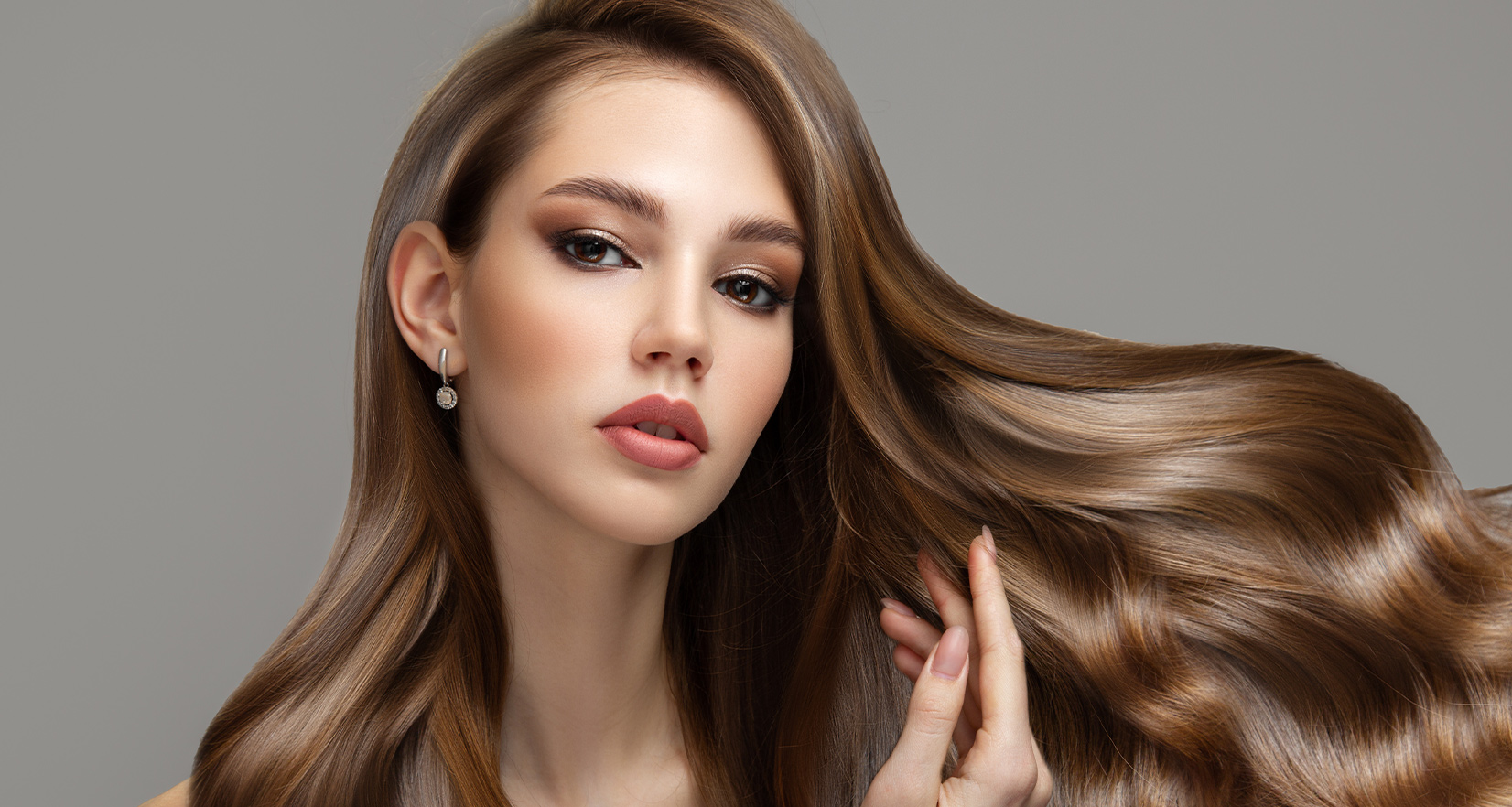
Final Thoughts
So, can hair loss be prevented?
Sometimes.
For genetic hair loss, prevention is limited—but progression can be slowed or partially reversed with timely treatment using minoxidil, finasteride, and supporting therapies.
For lifestyle- or health-related causes, hair loss is often preventable or reversible by addressing the root cause—be it stress, diet, hormones, or styling habits.
The key is early detection, evidence-based treatment, and maintaining overall health. While hair may not define you, understanding how to care for it can empower you to take control of your wellness—inside and out.


Things You Need To Know When You're Pregnant
For expecting moms, this article shares the most important aspects you should know while you're with child...

How To Help Your Dog Live Longer
We love our animals, and here is a way to protect them. Healthy and helpful tips to help your dog live longer...
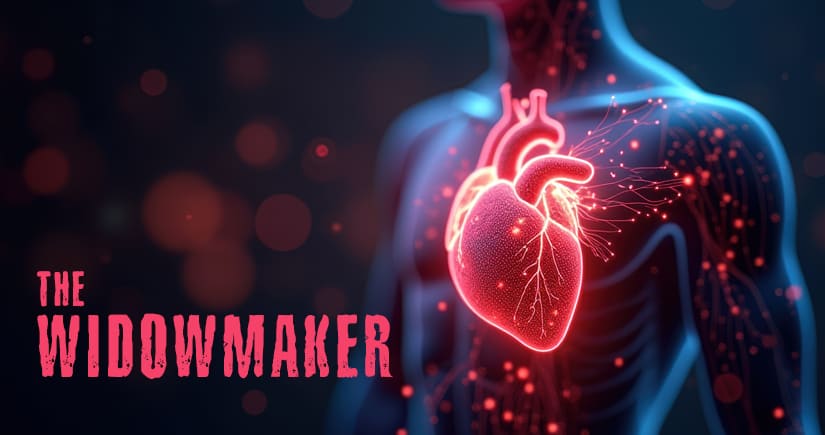
Widowmaker Heart Attack
The deadliest heart attack. If you have one of these, odds are you will not survive. See what you can do to prevent this deadly situation...

Best Foods For Muscle Growth
Looking to get an edge in muscle growth? Bigger, stronger muscles start right here...





